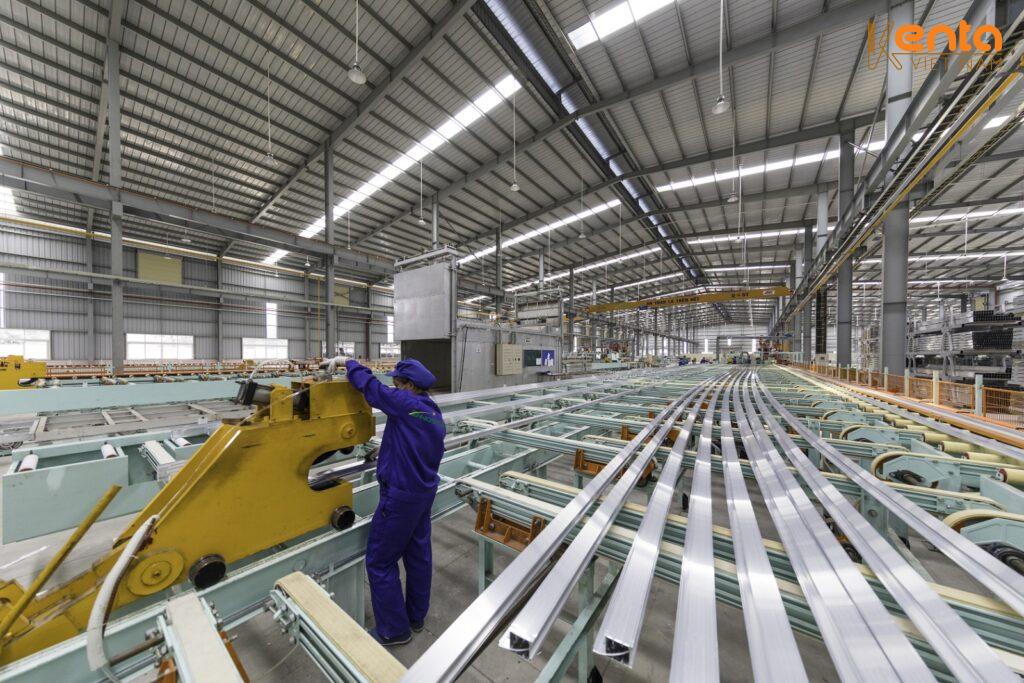Knowledge, Technology
Distinguishing Bimetals and Alloy Metals
Bimetal and alloy metal are two types of materials that seem similar but are completely different in nature. If you are unsure how to distinguish between bimetal and alloy metal, this article will help you understand clearly with familiar language, easy-to-imagine explanations, and practical usage contexts.
What is bimetal?
Bimetal is a material made by bonding two different metals, with each layer retaining its own properties. The bonding is not mixing but adhesion using techniques such as explosion welding, hot pressing, etc. Although it sounds simple, if not processed correctly, bimetal can easily delaminate, oxidize, or suffer from electrochemical corrosion. When done technically right, bimetal is very effective – it both utilizes the advantages of each metal and saves costs. A familiar example is aluminum-copper busbars used in the electrical industry, ensuring a stable connection between aluminum wires and copper equipment.
What is alloy?
If bimetal is two bonded layers of metal, alloy is a complete mixture of metals in liquid form. When cooled, they form a homogeneous block without distinguishing separate layers. Thanks to this combination, alloys usually have superior properties compared to pure metals: lighter, harder, and more rust-resistant. For example, stainless steel – made up of iron, chromium, and nickel – is durable and does not rust under normal conditions.
Why is it necessary to clearly distinguish between bimetal and alloy?
Because if you choose the wrong material, you will not only waste money but also face technical risks. Many people mistakenly think using bimetal is a cheap substitute for alloy, but that is not the case. They cannot replace each other; each has its role and is only suitable in certain situations.

For example, if you need a material to transmit force in machines requiring hardness and stability, steel or aluminum alloys will be a better choice. But if you are making a connector between aluminum wire and copper equipment, using aluminum-copper bimetal will be much safer and more effective.
Choosing the right material not only ensures product quality but also extends equipment lifespan, reduces maintenance time, and prevents unnecessary errors during operation.
Can bimetal be used instead of alloy?
The answer is no. Because they are designed for different purposes. Bimetal solves the problem of connecting two incompatible materials. Meanwhile, alloy serves the need for a uniform material with improved properties and easy machining into the desired shapes and sizes.
If you are machining machine parts, using alloy will help the entire product remain stable from outside to inside. But if you only need a special joint between two metals, such as an electrical crimp terminal, then bimetal is a much smarter, cost-saving, and specialized option.
Kenta VietNam - supplying both bimetal and alloy on demand
At Kenta, we understand that each project and installation requires a different type of material. There is no such thing as “universal for every case.” Therefore, our warehouse always stocks lines of bimetal products (aluminum-copper, aluminum-steel, etc.) and alloys (5052, 6061, 7075, stainless steel, ...) with full technical certification.
You can come directly to our warehouse in Hai Phong to check, or contact our technical team for detailed consultation before placing an order. Whether you work in the electrical industry, construction, or machine manufacturing, we have the most suitable, optimal, and cost-effective material solutions.




















